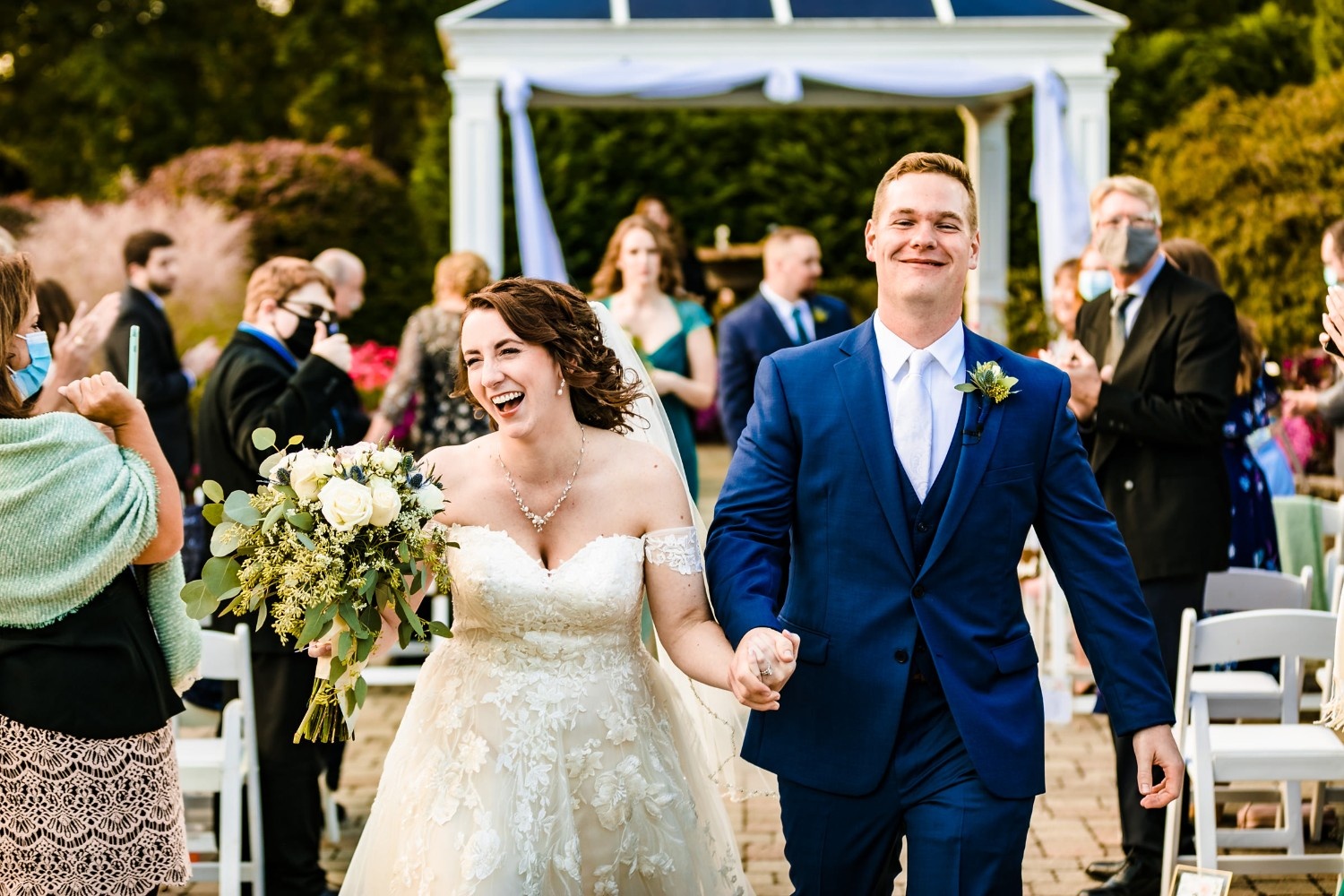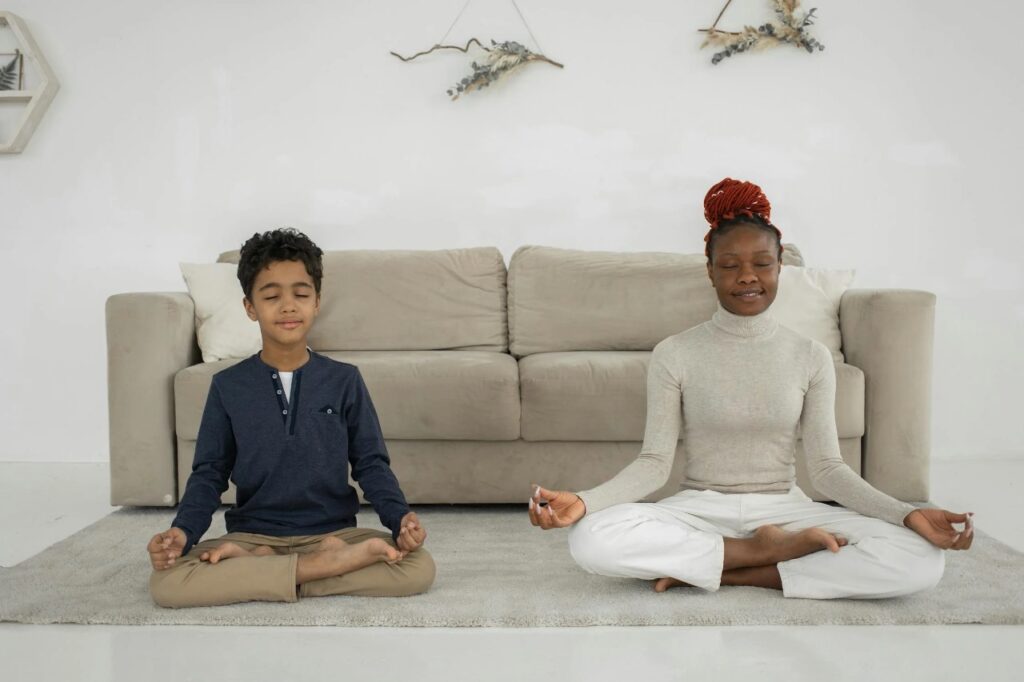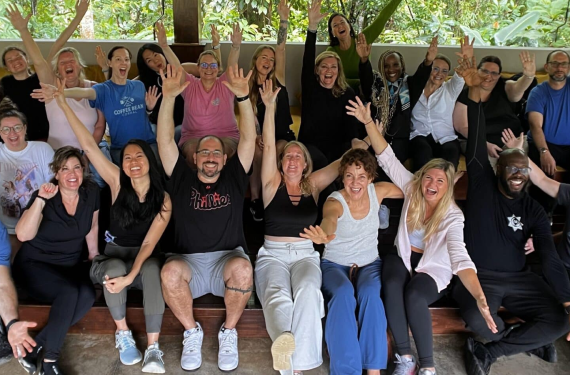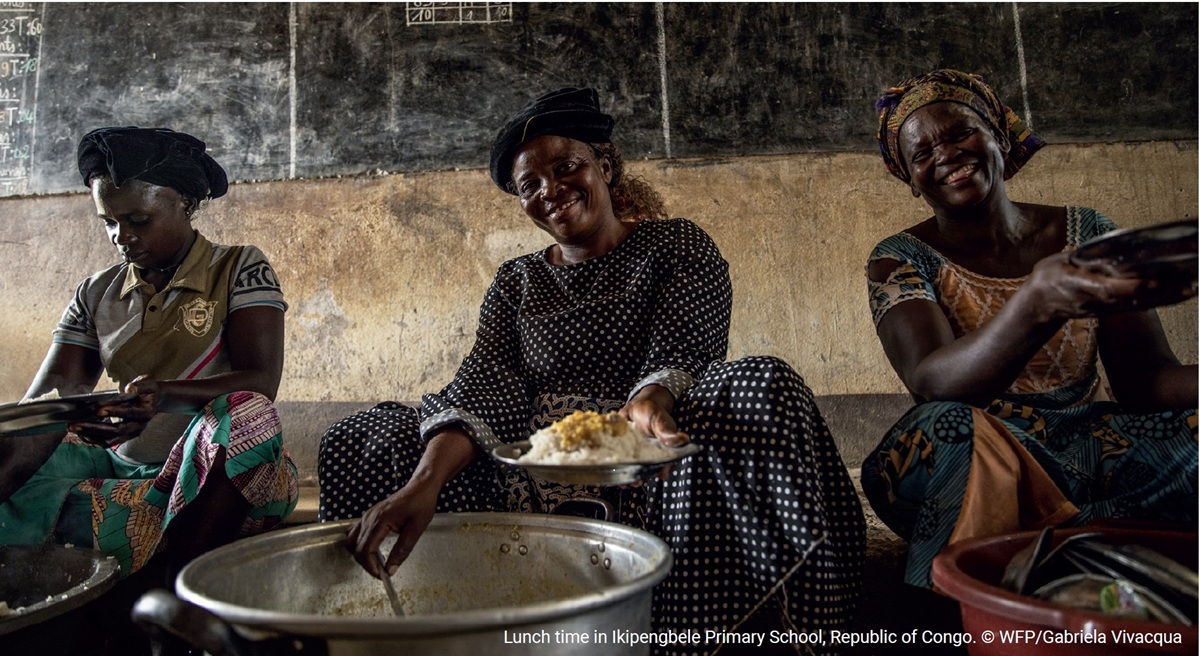
Empower Your Child with Mindfulness: 5 Techniques to Try Today
Have you ever wondered about mindfulness? It’s a simple yet powerful practice that involves focusing your attention on the present moment while acknowledging and accepting your thoughts, feelings, and bodily sensations in a calm manner. In times of uncertainty, like the ones we’re facing now, mindfulness can be a valuable tool to help you stay calm and centered.
The benefits of mindfulness are remarkable, ranging from reducing stress to enhancing mood and emotional regulation. And guess what? These benefits aren’t just for adults – children can experience them too. You might be thinking, “How do you teach kids mindfulness? Is that even possible?” Well, it certainly is, and it can even be enjoyable!
Despite not facing the same stresses as adults, children often struggle to connect with their emotions amidst their busy schedules and digital distractions. Mindfulness can help them tune in to their feelings and better understand them. Research shows that practicing mindfulness with children can improve their focus, reduce stress and anxiety, and promote positive behaviors. Plus, it’s a fantastic way for you to bond with your child and find moments of tranquility together – something we all need right now. So, how can I practice mindfulness with my child?

Here are 5 Easy Mindfulness Techniques For Your Kids:
- Breathing Exercise
Meditation involves sitting down and focusing on your breath, a challenge for restless children. Combat this by creating a calming atmosphere with colorful pillows and soft music. Encourage them to imagine pleasant scents, like flowers or cake, as they inhale deeply and pretend to blow out candles or dandelion clocks. Start with short sessions and gradually increase the duration to enhance their awareness of their rising and falling tummy.
- Notice 5 Things Around You
Consciously observing the world can ground you in the present, especially during moments of stress or overwhelm. Turn this into a game for your kids. Sit down and invite them to join you in the “notice five things” game. Call out five things you see around you and encourage them to do the same. This activity brings them back to the present moment and becomes more effective with regular practice.
- Embrace All Feelings
Children inevitably experience tantrums, and mindfulness can help them accept their emotions without judgment. As a parent, it’s crucial to set an example by acknowledging your reactions and taking deep breaths yourself. Avoid trying to engage them in meditative breathing during their outbursts; instead, wait until they’ve calmed down. Then discuss their feelings and unmet needs, practicing breathing exercises together to explore solutions for future situations.
- Drop Anchor
Stand together with your child and guide them to feel grounded by pressing down through their feet, connecting with the earth’s gravity. Encourage them to tune into different parts of their body, starting with their head and working down. This exercise fosters a sense of stability and presence in the moment, helping them feel more grounded and aware of their surroundings.
- Silence Game
This classic mindfulness practice encourages children to be as quiet and still as possible, not only with their voices but also with their bodies. Begin with short sessions, aiming for a minute of silence. When the game ends, softly ask your children what they noticed during the quiet, encouraging them to maintain that calm, peaceful feeling throughout their day’s activities.
In conclusion, these playful mindfulness activities offer a unique opportunity for you and your child to connect and develop valuable coping skills. By incorporating mindfulness into your daily routine, you will not think about how to decrease stress and improve your mood but you can create a calmer and more peaceful environment for both of you.
Remember, mindfulness isn’t about having expectations or living in the future – it’s about embracing the present moment. Start exploring these techniques with your child today and watch as they cultivate greater happiness and inner peace, benefiting both of you.






